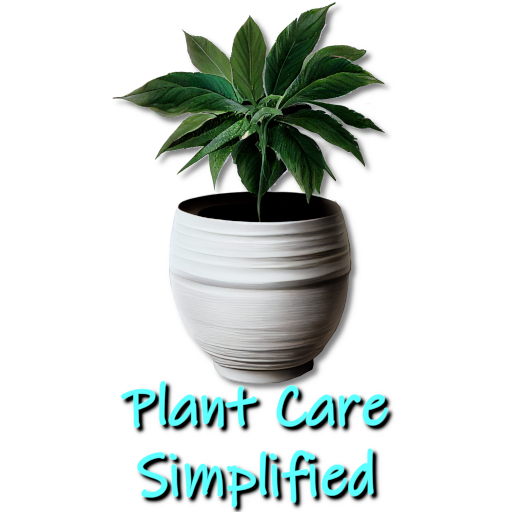LECA Balls as an Alternate Growing Medium for Plants
Kim is passionate about helping people create beautiful, healthy indoor spaces that are filled with plants. Kim believes that plants make us happier, healthier human...
- LECA is an alternative growing medium for plants in both hydroponic and passive hydroponic systems.
- They can be used as a standalone medium or combined with other media.
- The partially submerged nutrient stagnant method is the most common standalone growing method.
- There are issues if using them as a substrate for dirt-based media.
LECA balls, or Lightweight Expanded Clay Aggregate balls, have recently gained popularity as an alternative growing medium for plants. Plants can be grown in LECA in several ways, with vertical farming operations and domestic plant owners using LECA for propagation and maintaining plants.
LECA, sometimes called Hydroton™ Pebbles, offers many advantages over traditional dirt-based growing mediums. Hydroponic and passive hydroponics systems (semi-hydroponics) use LECA as a standalone medium or combined with other soilless growing media and dirt-based media.
This flexibility allows the inclusion of LECA into several methods for cultivating or maintaining plants and houseplants. We will look at the most common practices in which LECA is employed and explore the possible advantages and disadvantages that these may have.
Using LECA Pebbles as An Independent Growing Medium
The most common use for LECA pebbles is as an autonomous growing medium in semi-hydroponics or aquaponics. This method is the most straightforward way to use LECA and is the preferred option for indoor plants.
When using LECA as an independent growing medium, you are employing it as a passive hydroponic system. Although hydroponics can be complex, with passive hydroponics, it can be as simple as traditional potting methods.
Two principal methods for using expanded clay aggregate as a standalone medium in passive hydroponics are the partially submerged nutrient stagnant method, or the partially submerged method for short, and the nutrient stagnant wick method, or the wick method for short.
The Partially Submerged Nutrient Stagnant Method
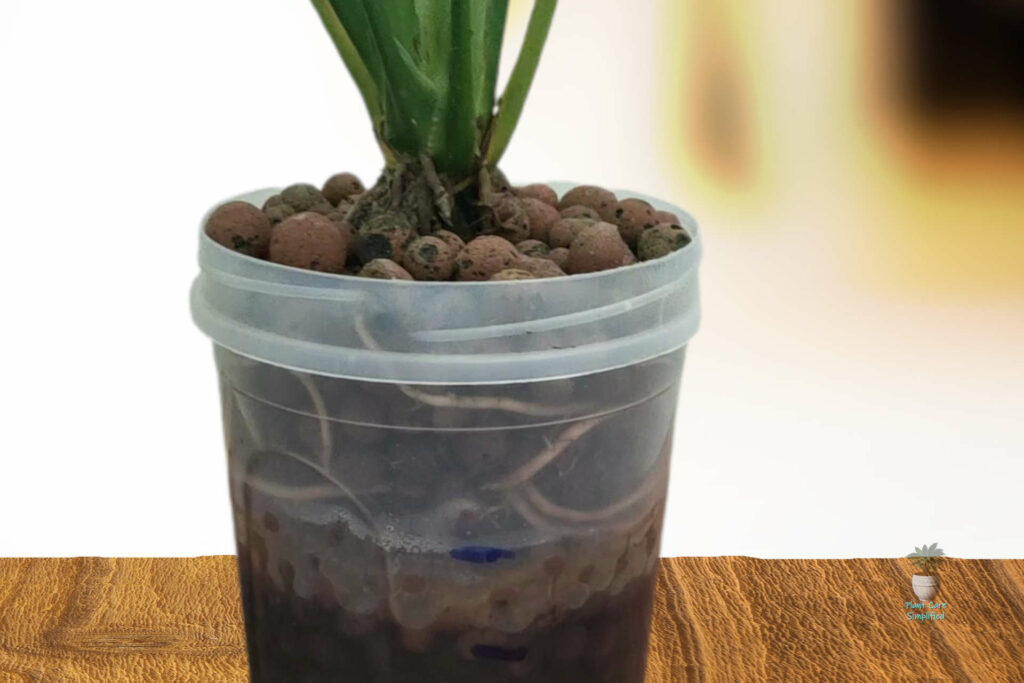
The partially submerged method is a growing system where the expanded clay aggregate takes the place of traditional dirt-based media. The LECA balls work well in place of media such as potting soil because they provide root stability, the plant stays firmly in position, and support plant root growth, with the roots being able to force their way down through the clay aggregate.
We have put together a comprehensive guide to using LECA balls with the partially submerged method, but in essence, it is a case of planting as you would with potting mix. Preparing the expanded clay aggregate is the only additional step required.
The partially submerged method works because of the capillary action triggered by the LECA balls. The capillary action provides a 'pull' that draws water to the plant's roots. However, providing enough water/solution is essential for the 'pull' to work. Too little and the limited pull from the capillary action will succumb to gravity before it reaches the roots.
You can use the partially submerged method with most types of houseplants and plants (including vegetables) grown indoors under average conditions. Bear in mind that results may be affected by specific circumstances.
Nutrient Stagnant Wick Method
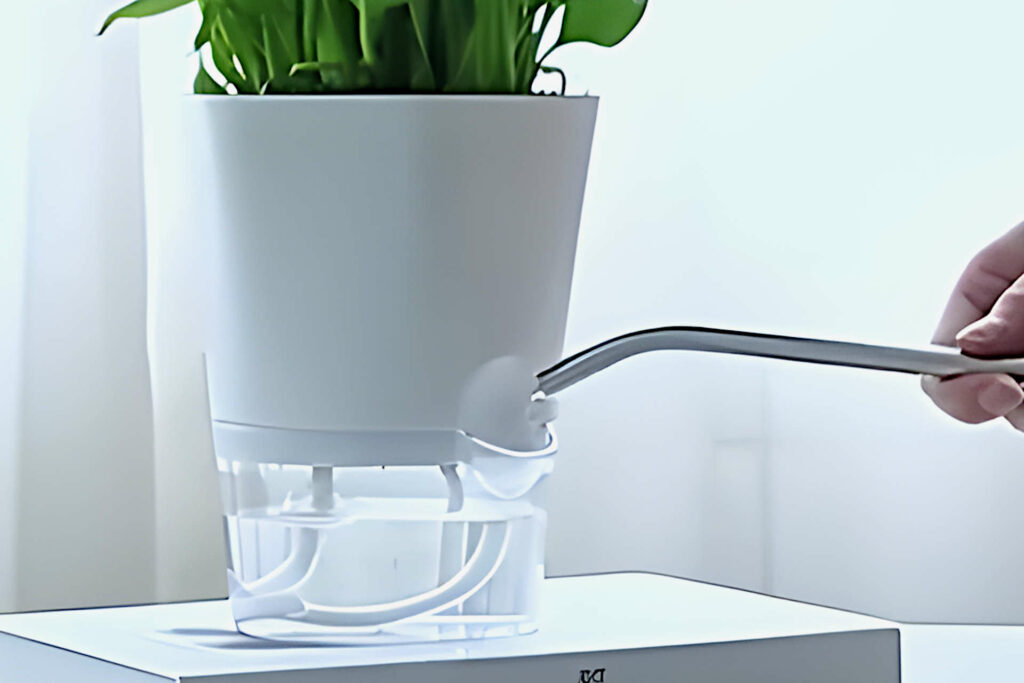
The wick method uses a different approach to delivering nutrients to your plants. Rather than adding water or nutrients to the LECA, the wick method provides the nutrient solution directly to the plant's roots via a wick.
This system requires two parts, a reservoir container and the main plant pot under which it sits. The flowerpot connects to the reservoir chamber via a wick.
We have created a fully detailed guide to using LECA with the wick method, but, in summary, as with the partially submerged system, the usual dirt-base media is replaced by LECA balls. This time, however, the reservoir is filled with water or nutrient solution rather than the plant pot.
The plant roots access the water and nutrients via the wick that connects the reservoir with the plant pot. The nutrient solution soaks the wick, and moisture is drawn up into the LECA above. Moisture is then further pulled up to the roots via the capillary action in the same manner as with the partially submerged system.
Advantages of The Wick Method Over the Partially Submerged Method
One of the advantages of the wick method over the partially submerged system is that the wick method reduces the chance of algae developing in the pot. It is essential to have the wick touching the roots to ensure the plant can pull enough moisture.
In addition, instead of using a nutrient solution, you can use the wick method to create a micro aquaponics system and use the fish waste to satisfy the plant's nutrient requirements.
Using LECA Pebbles in Combination with Other Growing Media
As well as being used as an independent growing medium, you can also use LECA pebbles in conjunction with other growing media. The combination can be other soilless media such as coco coir or traditional dirt-based media.
When used in conjunction with other media, they can either be used effectively as an ornamental mulch or as a substrate. However, as we shall see, there can be issues when using them as substrate.
LECA Pebbles as A Mulch – Much More than Just Decoration
One of the most basic ways of using LECA balls is as a mulch, sitting on top of a potting mix substrate. Don't be fooled into thinking this is just for decorative effect; doing so has many benefits.
Using LECA balls as mulch is a great way to improve plants' moisture retention and soil health. Not only will a layer of clay aggregate reduce water stress, but it will also help prevent temperature swings in the plant's root system.
Further, the LECA mulch can stop pests such as fungus gnats and aphids from attacking and protect the plant against spreading pathogens. However, you do need to make sure the aggregate remains clean.
Using LECA as a mulch is very straightforward:
- Positioning the plant on its bed of potting mix
- Fill in around the roots with the potting mix.
- When you get to a quarter of the way from the rim, change across to LECA.
- Ensure the expanded clay aggregate should be at least two to three layers of LECA thick, depending on the diameter of the balls.
The added benefit of adding LECA as a mulch is that it can help reduce any movement at the base of the plant, leading to better root formation.
Using LECA to Creating Humidity
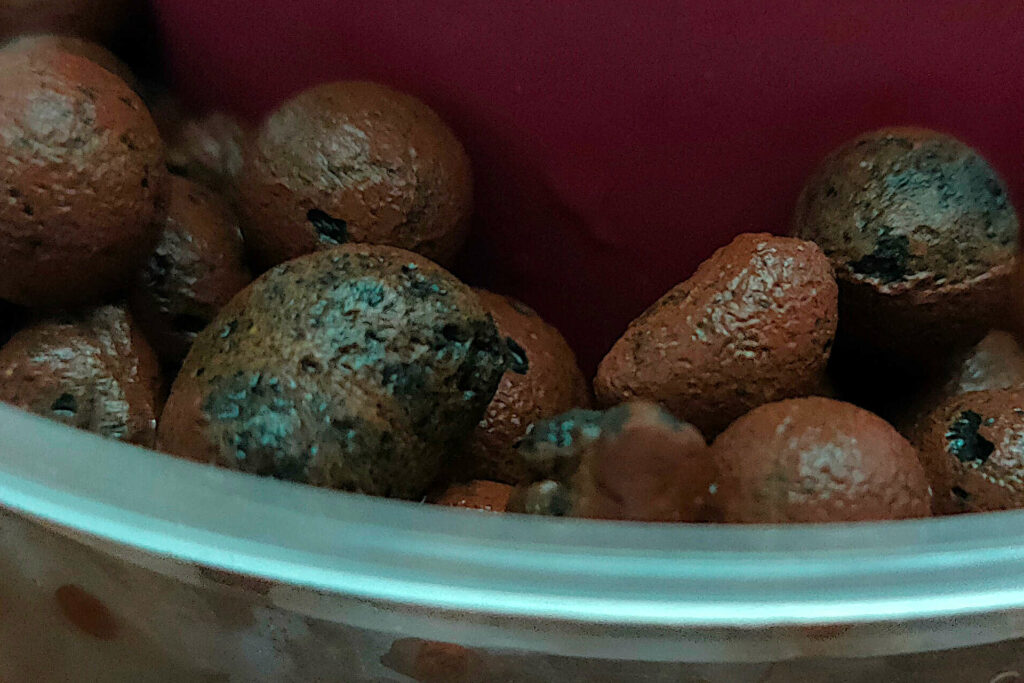
One exciting application of LECA balls is using them to reduce humidity around the plant. Many houseplants are originally native to tropical climates, and if you produce similar conditions to their native environment, such as humidity, they will thrive more easily.
Although LECA has limited water retention capabilities, how it releases moisture can dramatically increase the humidity in the plant's immediate vicinity. We have produced a guide to using LECA pebbles as a plant humidifier, which explains the process in detail.
LECA Pebbles as a Substrate
The other method of using LECA in combination with potting mix is to reverse the layers and use the LECA as the substrate.
Using LECA as the bottom layer is problematic on several levels. First, you lose all the benefits of the LECA at the top of the plant. Second, it panders to a debunked Victorian myth that adding small pieces of broken terracotta to the bottom of plant pots helps with drainage.
Tests by the Royal Horticultural Society1 in the UK prove it has no significant impact. In fact can have the reverse effect where the potting mix falls between the gaps in the clay aggregate, compacting and making drainage worse.
Using LECA Pebbles in Full Hydroponic Systems
As with passive hydroponic systems described above, full hydroponic systems often use expanded clay aggregate. One of the most common is when used in conjunction with the Dutch Bucket hydroponic system.
LECA Pebbles and The Dutch Bucket Hydroponic System
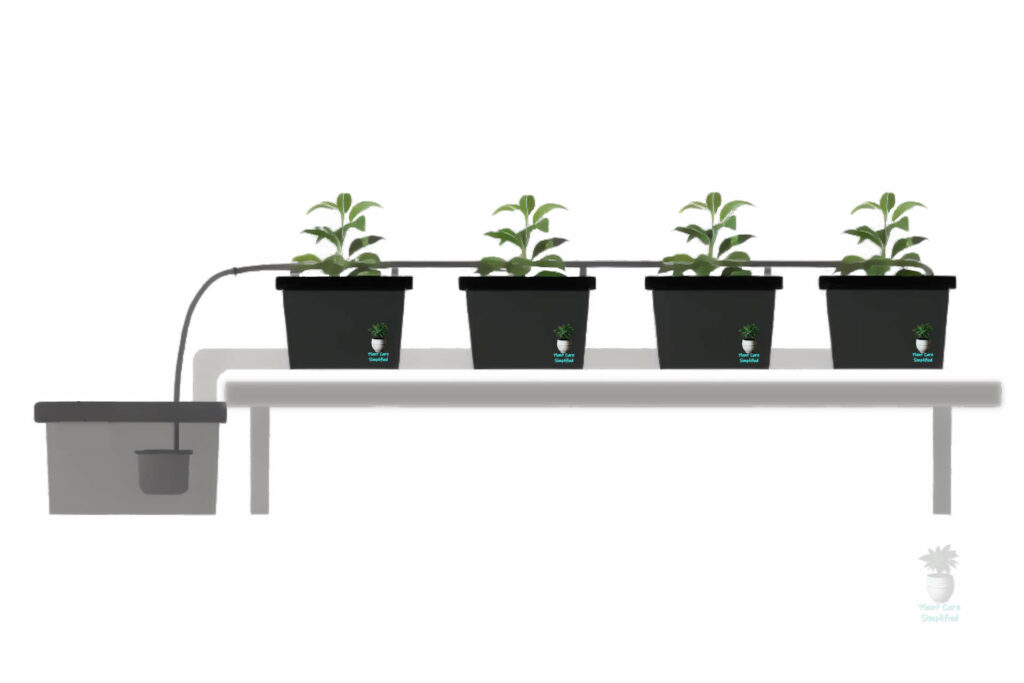
The Dutch Bucket method is excellent for growing plants indoors without needing soil. This system works by planting in buckets or pots with the plants secured in LECA pebbles. Feeding the plants with nutrients takes place via a reservoir and tubing.
A pump pushes the nutrient solution from the reservoir through the tubing 2 or 3 times a day. The excess solution drains back to the reservoir, which is reused later in the next pass.
The main problem with this system when using clay aggregate to secure the plants is that sometimes the LECA balls can block drainage channels, but overall this system is very effective and easy to set up.
Using LECA Pebbles Outside in the Garden
Although predominantly used with vertical farming methods and indoor plants, LECA pebbles are utilized outside, in the garden.
Not only can they be used as mulch for their decorative quality, but using LECA balls in the garden can be a great way to improve soil stability and moisture retention. They help keep surrounding soil moist by regulating its water content.
When the ground is dry, water seeps into the clay pebble and stays there until it's needed again. This process can aid plants during drought or when they're starting out in their new home – helping them survive while establishing themselves in their new surroundings.
References:
- Are gardeners wrong to put 'crocks' in plant pots: https://www.bbc.com/news/blogs-magazine-monitor-27126160
Kim is passionate about helping people create beautiful, healthy indoor spaces that are filled with plants. Kim believes that plants make us happier, healthier human beings, and she loves sharing her knowledge with others so they can experience the joys of plant care for themselves. <a href="https://plantcaresimplified.com/kim-marson/">Read more</a>
More Posts